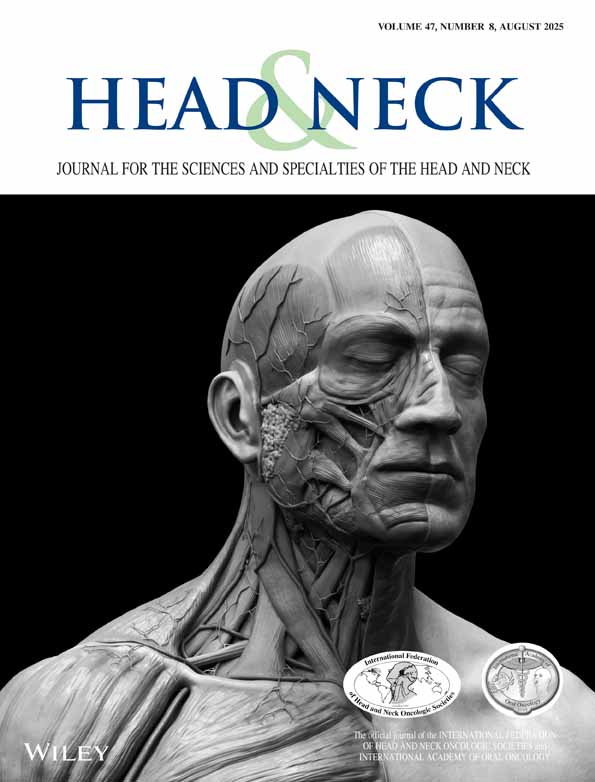Comparison of miniplates and reconstruction plates in mandibular reconstruction
Abstract
Due to a processing error, an early version of this manuscript was inadvertently published online in Head & Neck on September 23, 2003. The publisher has replaced the incorrect version of the published article with the final, accepted version of the manuscript. For archival purposes, the earlier version is available by contacting the publisher at [email protected]. This should be considered the definitive version of this article.
Background. The aim of this study is to compare complication rates of miniplates versus reconstruction plates in the fixation of vascularized grafts into segmental mandibular defects.
Methods. Retrospective analysis of 143 consecutive successful microvascular composite flaps performed between 1993 and 2001 was performed. Data were gathered from a computerized database, case notes and pathology reports. Complications were classified as dehiscence, infection, plate or bone removal.
Results. In the series, 49% of patients received miniplates, and 51% received plates. No significant differences in complication rates were found between those grafts fixed with miniplates (27%) and those with reconstruction plates (30%). Plate choice was primarily determined by consultant preference. No significant differences were found in patient, defect, treatrnent, or follow-up characteristics between the plate groups. Twenty-nine percent of patients had at least one late complication at the reconstructed site, and this was higher (39%) in those who had postoperative radiotherapy.
Conclusions. No evidence was found in this study that the increased rigidity offered by reconstruction plates influences the rate of plate or bone removal, infection, or plate exposure. Thus, the decision to use reconstruction or miniplates is not dependent on the rate of plate complications. © 2003 Wiley Periodicals, Inc. Head Neck 25:456–463, 2003




